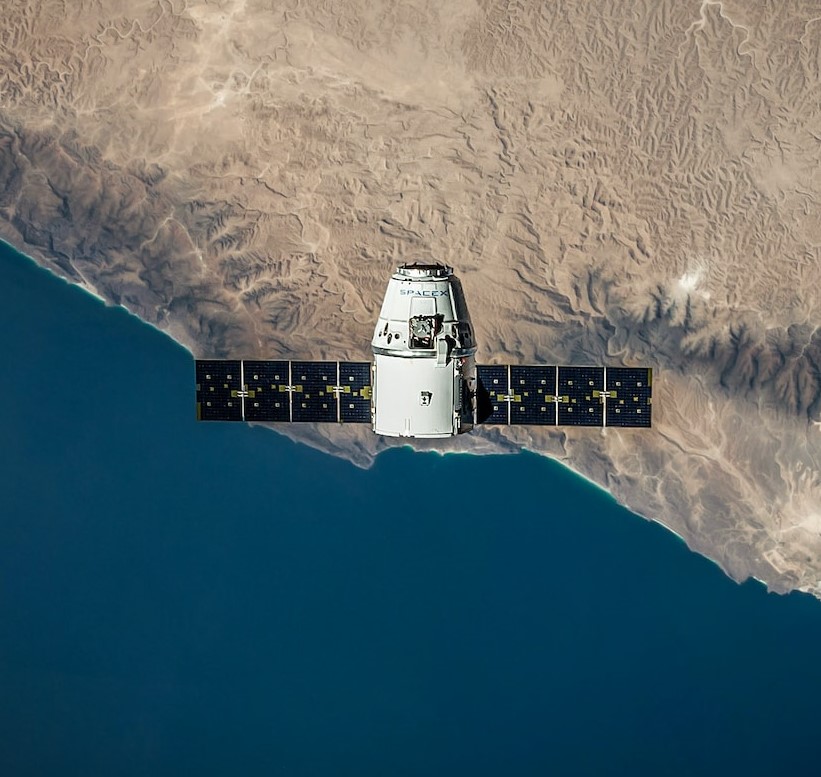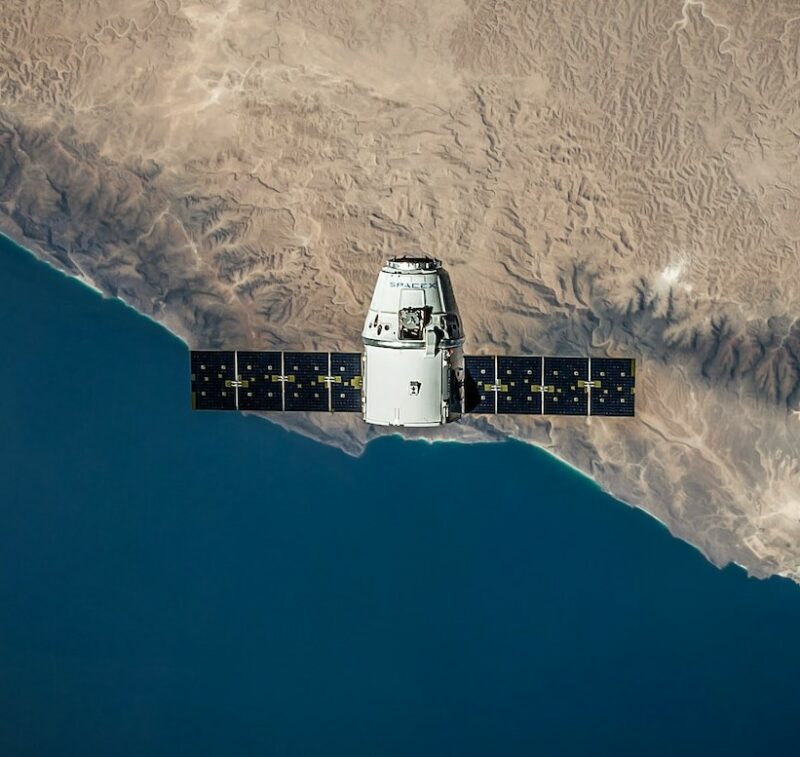Amazon launched its first test satellites for its planned internet service, marking a significant step in the company’s ambitious plan to compete with SpaceX’s broadband network. The launch, carried out by United Launch Alliance’s Atlas V rocket, kicked off a program that aims to improve global internet coverage with an eventual 3,236 satellites around Earth.

The mission, known as Project Kuiper, is Amazon’s first foray into space-based internet service. The two prototype satellites launched will test Amazon’s technology in space, a crucial step before the deployment of thousands more satellites.
Rajeev Badyal, Project Kuiper’s vice president of technology, emphasized the importance of on-orbit testing, stating, “This is Amazon’s first time putting satellites into space, and we’re going to learn an incredible amount regardless of how the mission unfolds.
Competing with SpaceX
Amazon’s move into the satellite internet service market puts it in direct competition with SpaceX and its Starlink system. SpaceX, led by Elon Musk, has a significant head start, having launched its first test Starlink satellites in 2018 and the first operational satellites in 2019. Since then, SpaceX has launched more than 5,000 Starlinks from Florida and California, using its own Falcon rockets.
However, Amazon is not deterred by SpaceX’s lead. The company plans to begin offering service by the end of next year. To achieve this, Amazon has reserved 77 launches from United Launch Alliance (ULA), Blue Origin (Amazon founder Jeff Bezos’s own rocket company), and Europe’s Arianespace.
The Federal Communications Commission (FCC), when licensing the program, stipulated that at least half of the planned satellites be operating by 2026 and all of them by 2029. This sets a clear timeline for Amazon’s ambitious project.
Test launch switch
The launch of the test satellites was initially planned to be carried out by ULA’s Vulcan rocket. However, due to technical issues grounding the Vulcan until at least the end of this year, Amazon switched to the long-established Atlas V.
The space industry is currently undergoing a revolution, with companies like Amazon, SpaceX, and OneWeb aiming to bring internet connectivity closer to home. Until recently, most space-based telecommunications services were provided by large, expensive satellites in geosynchronous orbit, thousands of miles away from Earth. This strategy resulted in frustrating lag times. The new generation of internet satellites, however, will orbit much closer to Earth, reducing lag and improving service.
What about SpaceX?
SpaceX continues to make strides in its space exploration and satellite internet service endeavors. Recently, the company has been testing Ship 26, a special Starship that does not feature aerodynamic surfaces, at the Suborbital Pads in Boca Chica. The purpose of this vehicle and whether it will be used for flight testing is currently unknown.
In terms of satellite launches, SpaceX has been busy with its Starlink missions. On October 8th, a Falcon 9 rocket was set to lift the next batch of 22 Starlink v2 Mini satellites into orbit from SLC-40 in Florida. However, the launch was postponed due to upper-level winds. This would have been SpaceX’s 72nd launch of the year and the 2nd launch of the month.
On a broader scale, SpaceX’s CEO Elon Musk has stated that the company could land on Mars in 3 to 4 years. This is part of SpaceX’s larger goal of making humanity multiplanetary, with Mars being one of Earth’s closest habitable neighbors. The company is developing the Starship and the Starship Super Heavy booster for this purpose.
More satellites – more interference
One concern with the proliferation of satellites is the potential for interference with telescopes. Amazon has addressed this issue, stating that one of the two prototype satellites launched will test antireflective technology aiming to mitigate telescope interference.
In conclusion, Amazon’s launch of its first test satellites marks a significant step in the company’s ambitious plan to provide global internet coverage. The company is set to learn a great deal from this mission, which will inform the deployment of thousands more satellites in the coming years. Despite the competition, Amazon’s entry into the satellite internet service market promises to bring about a new era of internet connectivity.
WeInvests is a financial portal-based research agency. We do our utmost best to offer reliable and unbiased information about crypto, finance, trading and stocks. However, we do not offer financial advice and users should always carry out their own research.
Read More













